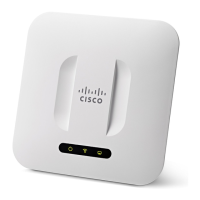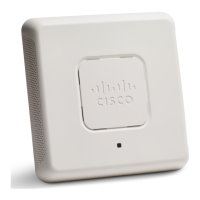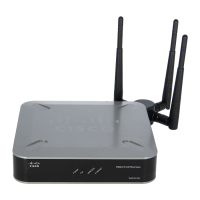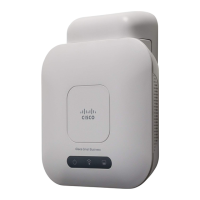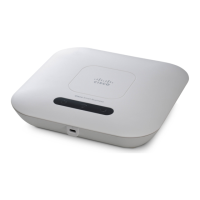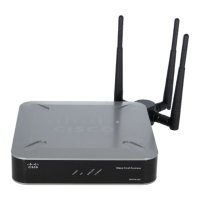Wireless
Networks
Cisco Small Business WAP121 and WAP321 Wireless-N Access Point with PoE 78
5
- ASCII
- Hex
• WEP Keys—You can specify up to four WEP keys. In each text box, enter a
string of characters for each key. The keys you enter depend on the key
type selected:
- ASCII—Includes uppercase and lowercase alphabetic letters, the
numeric digits, and special symbols such as @ and #.
- Hex—Includes digits 0 to 9 and the letters A to F.
Use the same number of characters for each key as specified in the
Characters Required field. These are the RC4 WEP keys shared with the
stations using the WAP device.
Each client station must be configured to use one of these same WEP keys
in the same slot as specified on the WAP device.
• Characters Required—The number of characters you enter into the WEP
Key fields is determined by the key length and key type you select. For
example, if you use 128-bit ASCII keys, you must enter 26 characters in the
WEP key. The number of characters required updates automatically based
on how you set the key length and key type.
• 802.1X Authentication—The authentication algorithm defines the method
used to determine whether a client station is allowed to associate with WAP
device when static WEP is the security mode.
Specify the authentication algorithm you want to use by choosing one of
these options:
- Open System authentication allows any client station to associate with
the WAP device whether that client station has the correct WEP key or
not. This algorithm is also used in plaintext, IEEE 802.1X, and WPA
modes. When the authentication algorithm is set to Open System, any
client can associate with the WAP device.
NOTE Just because a client station is allowed to associate does not
ensure it can exchange traffic with an WAP device. A station must have
the correct WEP key to be able to successfully access and decrypt data
from the WAP device, and to transmit readable data to the WAP device.
- Shared Key authentication requires the client station to have the correct
WEP key in order to associate with the WAP device. When the
authentication algorithm is set to Shared Key, a station with an incorrect
WEP key cannot associate with the WAP device.
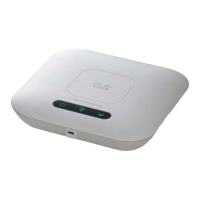
